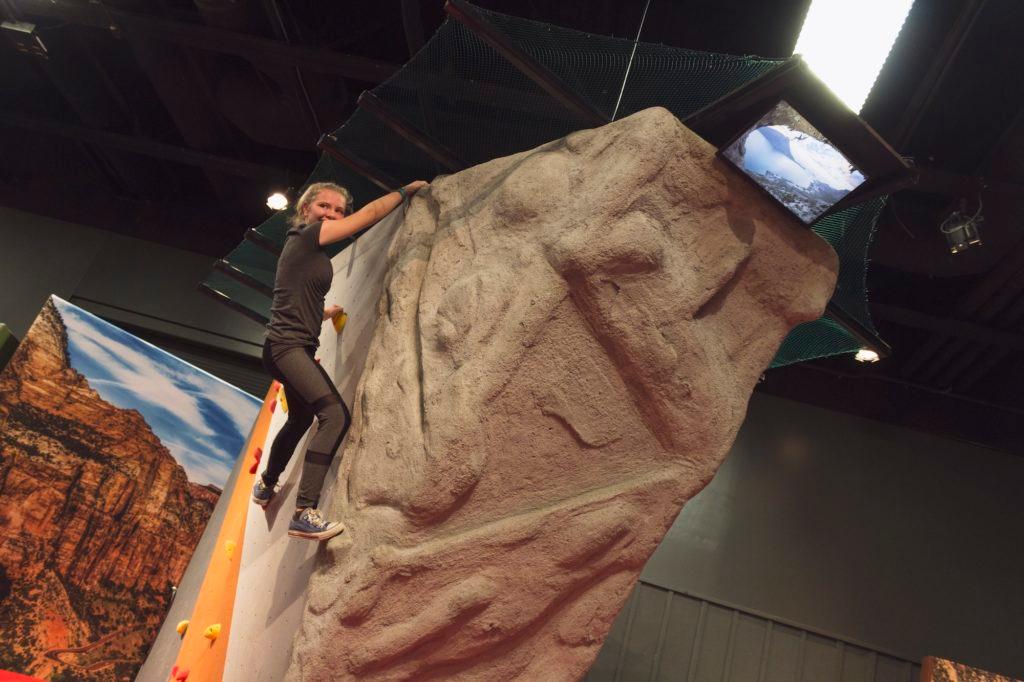
To get inside “Extreme Sports: Beyond Human Limits,” a new exhibit at the Denver Museum of Nature and Science, visitors have to choose between a slackline, a log bridge or a traditional bridge.
The slackline — the most challenging feat — is only a foot off the ground. The idea is that the way a visitor chooses to get in and how successfully they get across says something about their inclination to extreme sports.
Once inside, visitors will find profiles of top skiers, highliners, climbers, rafters and wingsuiters from around the world. Several hail from Colorado, including Boulder mountain climber Alex Honnold and Boulder wingsuiter Andrew Fraser.

There’s a “Sensation Seeking” scale that asks visitors questions about everything from a taste for wild parties to desires to explore the world. High scorers tend to be more willing to take risks and crave novel experiences. Visitors can compare their own scores to the athletes featured in the exhibition.
Tim Blesse, teaching programs coordinator at the museum, said the exercise helps dispel some of the myths that extreme athletes are all adrenaline junkies willing to risk their lives. He said people might think the top athletes will all be high scorers, but that’s not the case.
“They're not a uniform block. Some of the athletes are willing to take more risks than others,” Blesse said. “But generally, the extreme athletes seek a higher level of new things in their lives than the rest of us do and they’re willing to face fear a little more directly.”
As someone who gets bored easily, Andrew Fraser said his sport helps keep life exciting.
Wingsuiting involves flying through the air in a suit made of parachute-like material which adds surface area to the human body and helps the athlete glide farther. Fraser said he agrees that sports like wingsuiting are like a moving medication.
“It's an escape from the doldrums of life and the kind of status quo routines that most of us find ourselves in,” Fraser said. “It allows me to be fully present in that moment as opposed to preoccupied with thoughts of bills or relationships or other two do’s.”
Blesse pointed out that there’s a lot of research about what propels athletes to do things like jump off mountains and ski down cliffs.
“There are certain brain changes that occur when you involve yourself in a sport that has a high level of consequence and that's what [these athletes] seek out,” Blesse said. “This kind of moving meditation that exists when you put yourself in these situations.”
The exhibit also features virtual reality experiences where guests can feel what it's like to be a professional backcountry skier or race down river rapids or skydive. Visitors can also lie down in one of those tents that hang off a mountainside, called a portaledge, and get a sense of what it might be like to spend a night that way.
Extreme Sports: Beyond Human Limits is on exhibition at the Denver Museum of Nature and Science through April 12, 2020.









